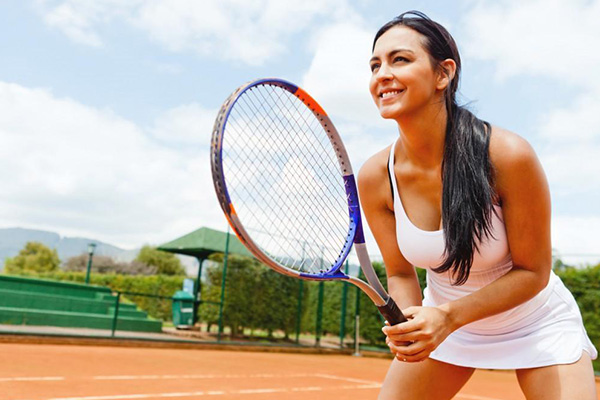
What is Tennis Elbow?
Tennis elbow (lateral epicondylitis) is a condition which involves the outer aspect of the elbow, resulting in pain and decreased function. In some cases, microtearing of the tendons that join the forearm muscles on the outside of the elbow does occur.
The forearm muscles and tendons become damaged from overuse — repeating the same motions again and again. This leads to pain and tenderness on the outside of the elbow.
Does tennis elbow only happen to tennis players?
Simply answered, no. Tennis elbow recieved its moniker because it is common in those who participate in racquet sports, but it can happen to anyone. Activities that involve gripping, repetitive activation of the wrist extensors or desk work can also experience these symptoms.
What can I do to treat tennis elbow?
It is best to take a multi-faceted approach to treating this condition, including:
- Physical Therapy (stretching, soft tissue massage, strengthening)
- Dry Needling or Acupuncture
- Bracing (strap or sleeve)
- Injection: Platelet Rich Plasma (PRP)
If these treatment options fail, then surgery is considered. Surgery involves debridement of the injured tendon, and possibly repair of a torn tendon. An MRI helps formulate the operative plan.
If you’re living with tennis elbow, make sure you are seeking care of a professional to help ensure you have the best treatment. Book a consultation with Colorado Sports Medicine and Orthopaedics by calling the office or using the online booking tool today.






